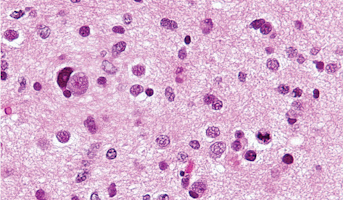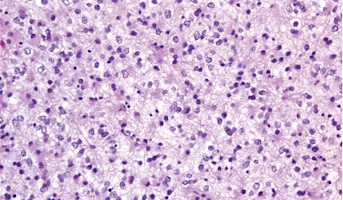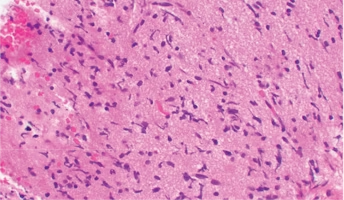Katherine Hutchinson
South San Francisco, CA, US
Genentech Inc

About
Scientist, Oncology Biomarker Development
Genentech Inc
I am interested in translating clinical scientific insights back to the lab (in silico and traditional) to inform rational patient selection strategies for future biomarker-driven clinical trials. this includes both identification and characterization of novel molecular therapeutic targets and mechanisms of resistance to targeted therapies.

Genentech Inc
research
Interests

High-Grade Glioma
High-grade Gliomas (HGG) or astrocytomas in children nearly always result in a dismal prognosis. Although novel therapeutic approaches are currently in development, preclinical testing has been limited, due to a lack of pediatric-specific HGG preclinical models. These models are needed to help test

Low-Grade Glioma
Low-Grade Gliomas also called astrocytomas are the most common cancer of the central nervous system in children. They represent a heterogeneous group of tumors that can be discovered anywhere within the brain or spinal cord. Although surgical resection may be curative, up to 20% of children still su

Diffuse Intrinsic Pontine Glioma
A presumptive diagnosis of DIPG based on classic imaging features, in the absence of a histologic diagnosis, has been routinely employed. Increasingly however, histologic confirmation is obtained for both entry into research studies and molecular characterization of the tumor.[5] New approaches with

